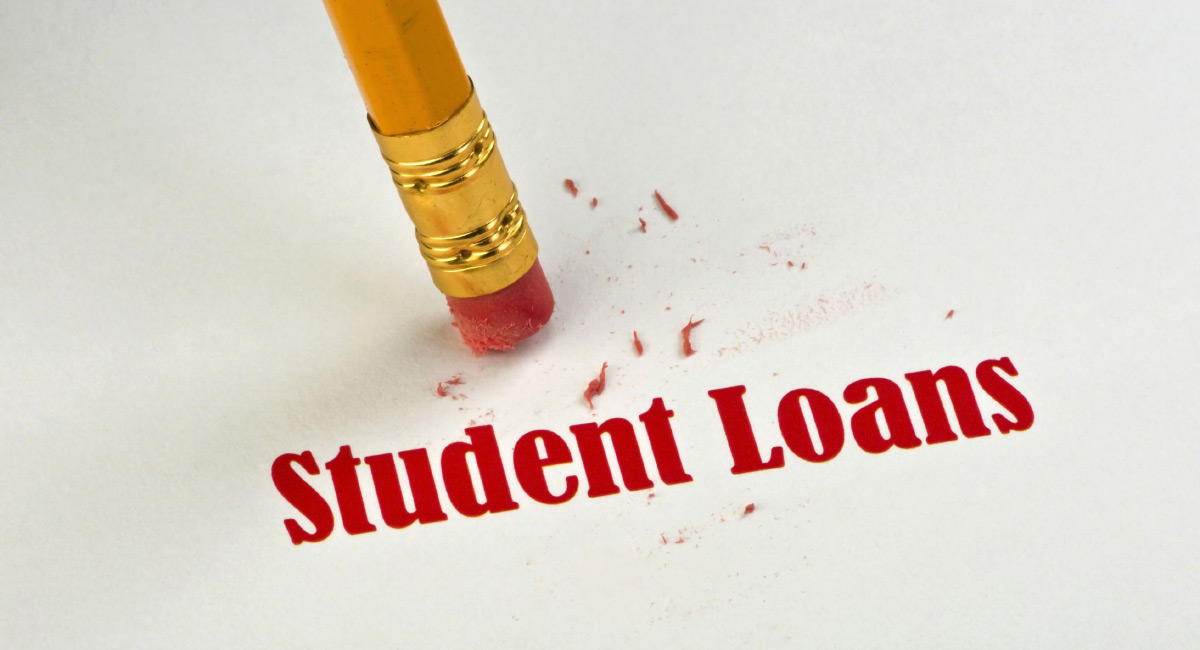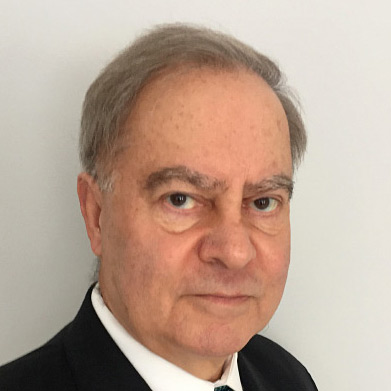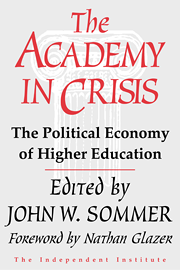In this season of giving and forgiving, it is time to reflect on the many ways that federal government programs unintentionally harm the poor and reward the rich. One such program is the Public Service Loan Forgiveness Program (PSLF), which provides full forgiveness of the remaining balances due on federal direct and consolidation student loans for employees of government agencies and nonprofit organizations after they have made 10 years of qualified payments under one of four federal income-driven payment (IDR) plans.
Politicians who support the PSLF program believe that it provides a necessary incentive for college graduates to enter professions such as social work that may pay less than jobs in private-sector businesses. For this reason, at least four Democratic presidential candidates (former vice president Joe Biden, South Bend, Ind., Mayor Pete Buttigieg, Sen. Amy Klobuchar of Minnesota and former Housing and Urban Development secretary Julian Castro) have proposed simplifying and expanding the PSLF program. Such changes would be unnecessarily redundant under the broad loan forgiveness plans proposed by Sens. Bernie Sanders (I-Vt.) and Elizabeth Warren (D-Mass.).
Initially thought to be a small program, the PSLF has emerged in the past two years as another out-of-control entitlement. Since a minimum of 10 years of qualified IDR payments is needed before the triggering of PSLF forgiveness, the earliest loans to qualify matured in the fall of 2017. Even before that date, the Brookings Institution warned that, as of the second quarter 2016, 431,853 individuals had certified at least some qualifying payments.
With some foresight into the looming costs of PSLF, the Obama administration proposed in 2014 to cap loan forgiveness at $57,500. The Congressional Budget Office projected 10-year savings of $6.7 billion from this proposal, but the plan was rejected by Congress.









